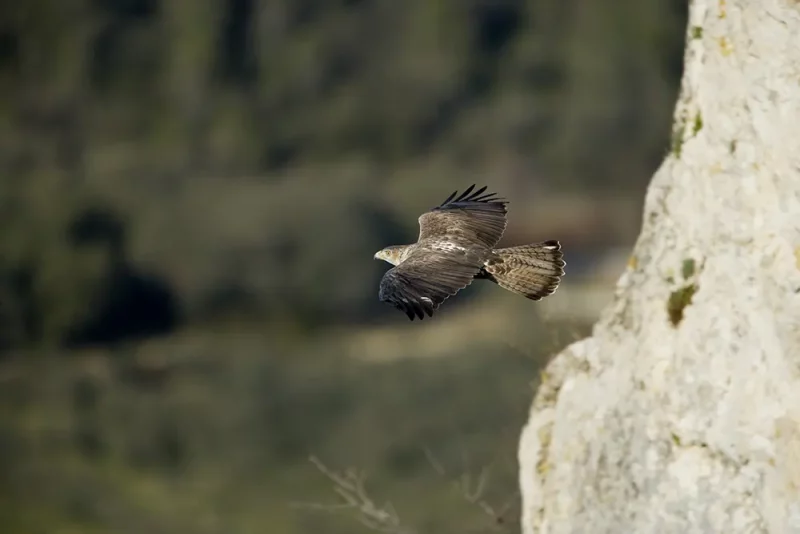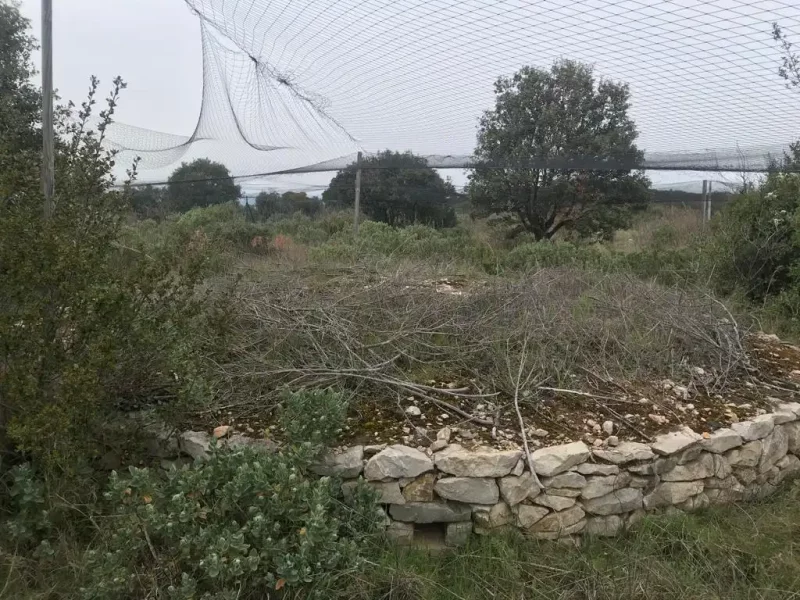Why are layouts in favour of the Bonelliís eagleís prey species necessary?
The diet of the Bonelli’s eagle is pretty well known throughout Western Europe, where it feeds mainly on wild rabbits (Oryctolagus cuniculus) and red-legged partridges (Alectoris rufa), along with wood pigeons (Columba palumbus), domestic pigeons (Columba livia) or even corvids (crow, ravens, magpies, etc.).
The scarcity of the Bonelli’s eagle’s main preys is due to their shrinking habitat, their direct destruction or yet again to viral diseases (myxomatosis, VHD), among other things. This is how the wild rabbit endend up being a “near-endangered species” on the IUCN’s French red list. In contrast, opportunistic species such as feral pigeons were favoured.
Nevertheless, the Bonelli’s eagle’s preys of choice (rabbit and partridges) have a direct impact on its productivity, its chicks’ physical state and the survival of the adults. Along the Lussan garrigues, this may become one of the obstacles to confining new couples to high potential sites. Moreover, this might explain the low productivity with the territory: 1, compared to 1.09 on a national scale.

